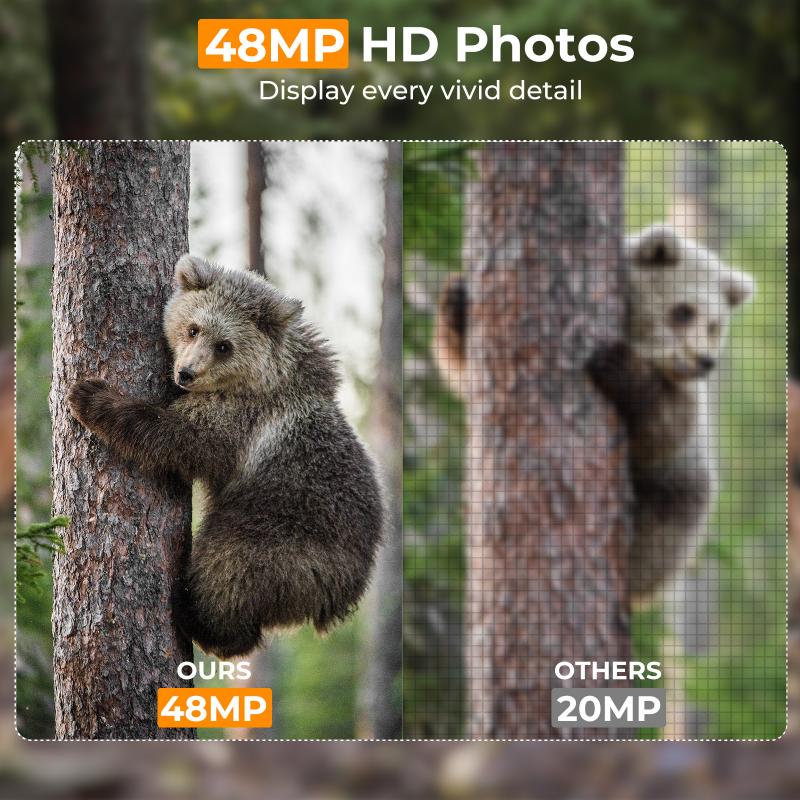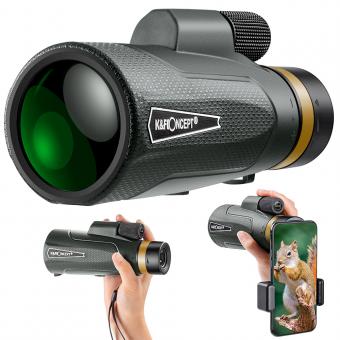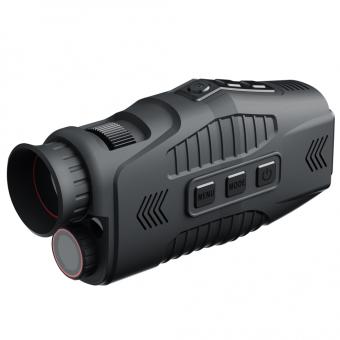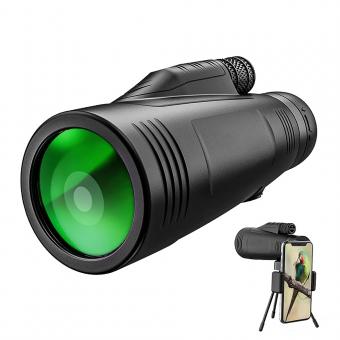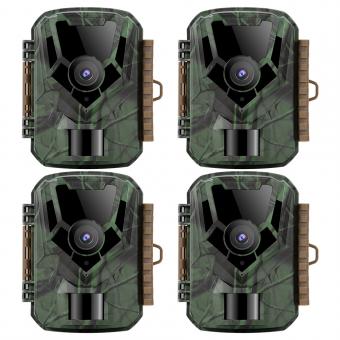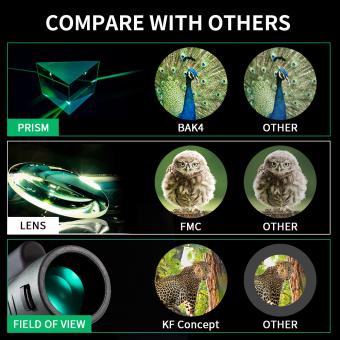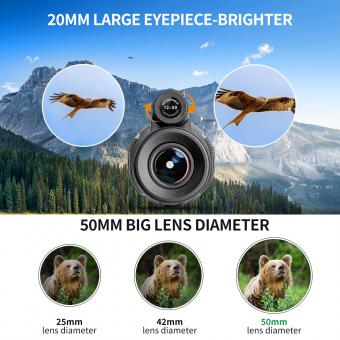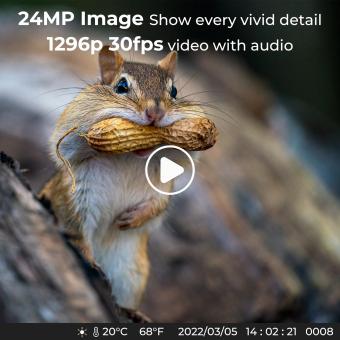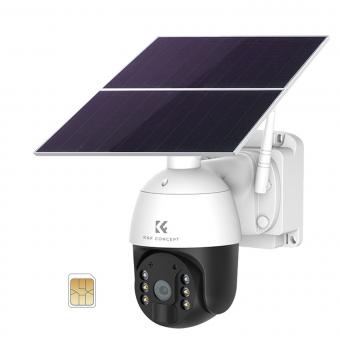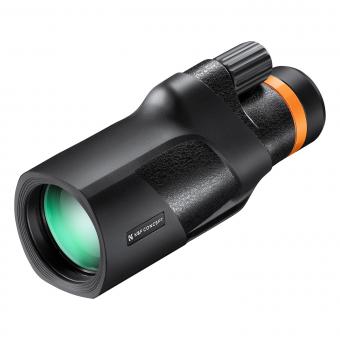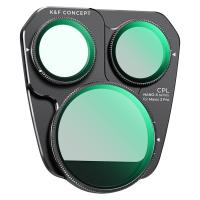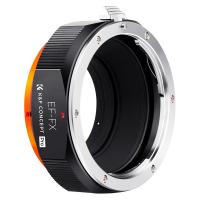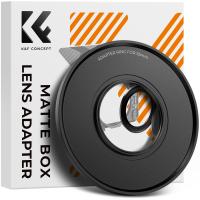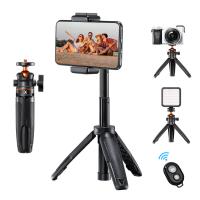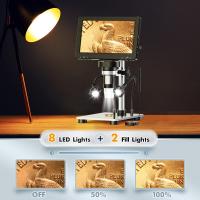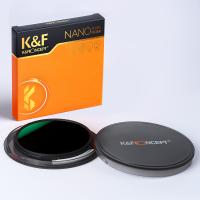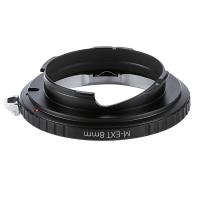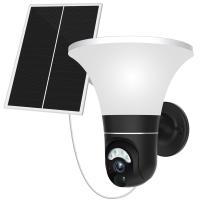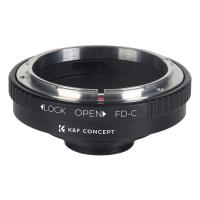Why Monocular Vision Have Narrow Fov ?
Monocular vision typically has a narrower field of view (FOV) compared to binocular vision because it is based on the use of a single eye. The FOV refers to the extent of the visual scene that can be observed without moving the eye or head. In monocular vision, the eye can only capture a limited range of visual information at any given moment. This is in contrast to binocular vision, where both eyes work together to provide a wider FOV and depth perception. The narrower FOV in monocular vision is due to the physical limitations of having only one eye to gather visual input.
1、 Anatomy: Limited field of view due to single eye structure.
Monocular vision refers to the ability to perceive depth and distance using only one eye. One of the limitations of monocular vision is its narrow field of view (FOV). The FOV is the extent of the observable world that can be seen at any given moment without moving the eye or head.
The main reason why monocular vision has a narrow FOV is due to the anatomy of the eye. The human eye is a complex organ that consists of several structures, including the cornea, iris, lens, and retina. These structures work together to focus light onto the retina, where visual information is processed and sent to the brain.
In monocular vision, the eye has a single lens and a single retina, which limits the amount of visual information that can be captured at any given time. The lens of the eye focuses light onto a small area of the retina, creating a clear and detailed image of the central visual field. However, the peripheral visual field, which is outside the central area of focus, is less clear and detailed.
This limited FOV in monocular vision can be a disadvantage in certain situations. For example, it can make it more difficult to detect objects or obstacles in the peripheral vision, which may affect depth perception and spatial awareness. However, humans have developed compensatory mechanisms, such as head and eye movements, to overcome this limitation and gather more visual information from the environment.
It is worth noting that the latest point of view on monocular vision and FOV may involve advancements in technology. For instance, virtual reality (VR) and augmented reality (AR) devices can provide a wider FOV by using multiple displays or lenses to simulate binocular vision. These technologies aim to enhance the immersive experience and improve depth perception for users. Additionally, research in the field of robotics and computer vision is exploring ways to improve the FOV of monocular vision systems by using advanced algorithms and sensors.
In conclusion, the narrow FOV of monocular vision is primarily due to the single eye structure and the limited area of the retina that can capture visual information. However, advancements in technology and ongoing research are exploring ways to overcome this limitation and provide a wider FOV for monocular vision systems.

2、 Binocular disparity: Lack of depth perception restricts peripheral vision.
Monocular vision refers to the ability to perceive depth and distance using only one eye. One of the main reasons why monocular vision has a narrow field of view (FOV) is due to the lack of binocular disparity, which restricts peripheral vision.
Binocular disparity is the slight difference in the images seen by each eye, which allows for depth perception. When both eyes are used together, the brain combines the two slightly different images to create a three-dimensional perception of the world. This binocular vision provides a wider FOV and enhances peripheral vision.
In contrast, monocular vision lacks this binocular disparity, resulting in a narrower FOV. With only one eye, the brain has to rely on other cues, such as motion parallax and perspective, to estimate depth and distance. These cues are less accurate and can only provide limited information about the surrounding environment.
The narrow FOV of monocular vision can have implications in various activities. For example, it can affect depth perception while driving, playing sports, or navigating through crowded spaces. It may also impact tasks that require a wide visual field, such as surveillance or certain professions like pilots or security personnel.
It is worth noting that while monocular vision has limitations in terms of FOV and depth perception, it still provides valuable visual information. Recent research has shown that the brain can adapt to monocular vision by recalibrating the visual system to rely more on other depth cues. This adaptation can improve the accuracy of depth perception and compensate for the narrower FOV to some extent.
In conclusion, monocular vision has a narrow FOV primarily due to the lack of binocular disparity, which restricts peripheral vision. However, the brain can adapt to monocular vision and utilize other depth cues to enhance depth perception.
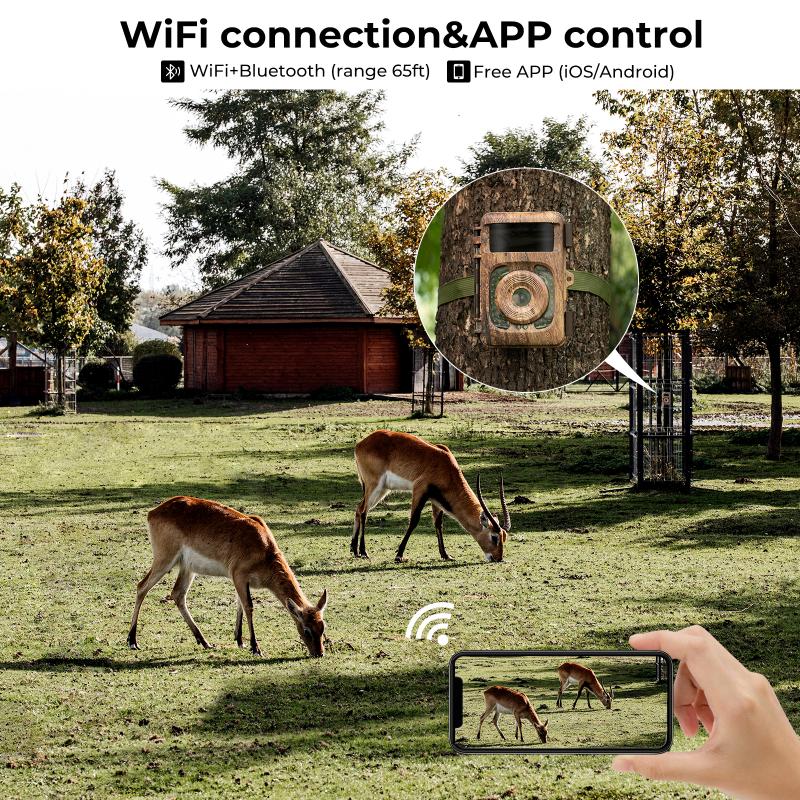
3、 Evolutionary adaptation: Narrow FOV enhances focus and target tracking.
Monocular vision, which refers to the ability to see with only one eye, is characterized by a narrow field of view (FOV). This limited FOV is an evolutionary adaptation that enhances focus and target tracking.
One reason for the narrow FOV in monocular vision is the need for increased visual acuity. By having a smaller FOV, the eye can concentrate on a specific area, allowing for better focus and detail perception. This is particularly advantageous for tasks that require precise depth perception and object recognition, such as hunting or catching prey. By narrowing the FOV, monocular vision allows for a more concentrated and detailed view of the target, increasing the chances of a successful capture.
Furthermore, a narrow FOV aids in target tracking. When tracking a moving object, a smaller FOV allows for better tracking accuracy as the eye can maintain focus on the target without distractions from the surrounding environment. This is especially important for animals that rely on quick and accurate movements, such as birds of prey or predators on the hunt.
From a more recent perspective, some researchers argue that the narrow FOV in monocular vision may also be related to the brain's processing capacity. The brain has limited resources, and by narrowing the FOV, it can allocate more processing power to the specific area being observed. This allows for faster and more efficient processing of visual information, enhancing overall visual performance.
In conclusion, the narrow FOV in monocular vision is an evolutionary adaptation that enhances focus and target tracking. By concentrating visual acuity on a specific area, monocular vision allows for better detail perception and object recognition. Additionally, a smaller FOV aids in accurate target tracking and may optimize the brain's processing capacity.
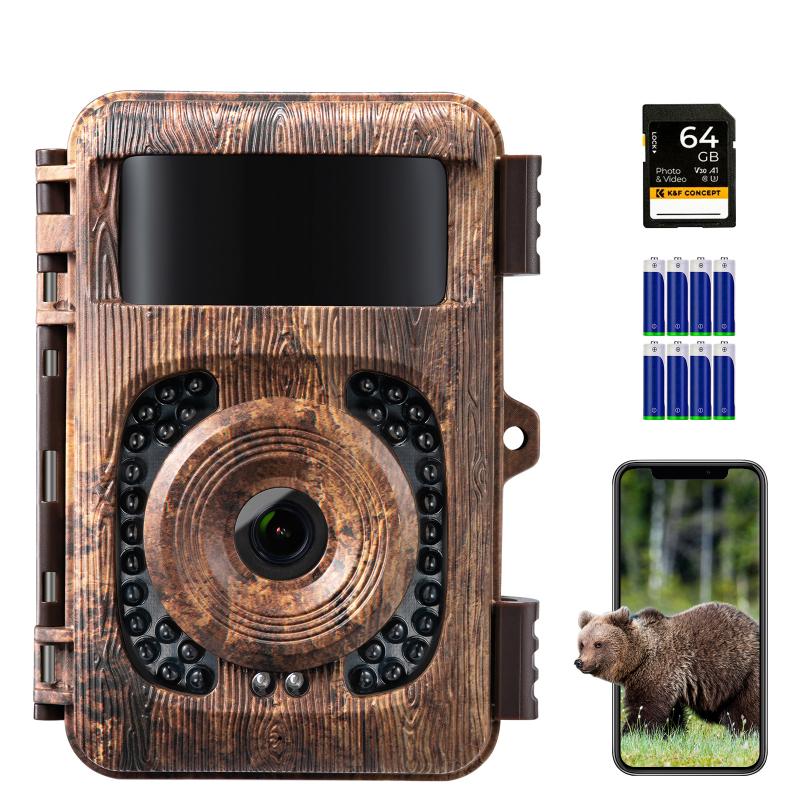
4、 Predatory advantage: Monocular vision aids in precise targeting of prey.
Monocular vision, which refers to the ability to see with only one eye, is characterized by a narrow field of view (FOV). This limited FOV is primarily due to the positioning and structure of the eyes. While binocular vision, which involves the use of both eyes, provides a wider FOV, monocular vision has its own advantages.
One of the main reasons why monocular vision has a narrow FOV is because the eyes are positioned on the sides of the head rather than facing forward. This lateral placement allows for a wider overall range of vision, but sacrifices the ability to see a large area in front of the animal. This arrangement is commonly found in prey animals, such as rabbits or deer, as it allows them to detect predators from various angles.
However, when it comes to predators, monocular vision with a narrow FOV offers a distinct advantage. It aids in precise targeting of prey. Predators, such as lions or eagles, rely on accurate depth perception and precise targeting to successfully capture their prey. By having their eyes positioned on the front of their heads, predators can focus both eyes on a single target, allowing for better depth perception and accurate judgment of distance. This is crucial for predators that rely on stealth and precision to capture their prey.
Recent research has also suggested that monocular vision with a narrow FOV may enhance visual acuity. By having a smaller area to focus on, predators can concentrate their attention on specific targets, improving their ability to detect subtle movements or changes in their environment. This heightened visual acuity can be advantageous in hunting situations where predators need to spot and track fast-moving prey.
In conclusion, while monocular vision may have a narrow FOV, it provides predatory animals with distinct advantages. The ability to precisely target prey, enhanced depth perception, and improved visual acuity are all benefits of monocular vision. Despite its limitations in terms of overall field of view, monocular vision has evolved as an effective adaptation for predators in their pursuit of successful hunting.
